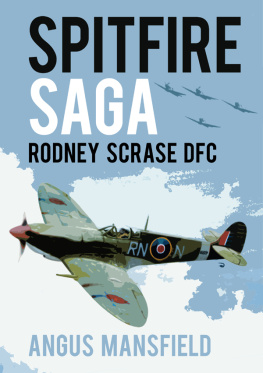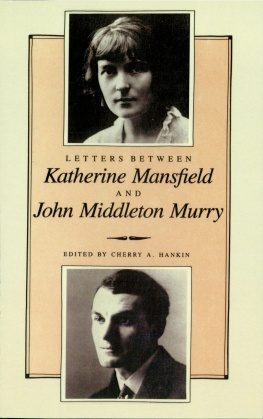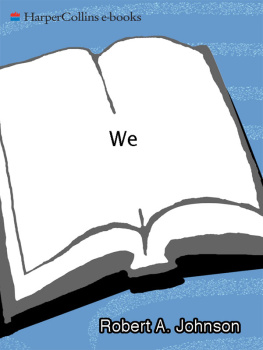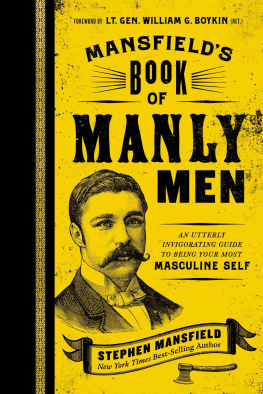Every attempt has been made to replicate the original as printed. In certain versions of this etext, in certain browsers, clicking on this symbol above the image, will bring up a larger version of the image.
(etext transcriber's note) |
inside cover
Romantic Ireland
Volume II.
Travel Lovers Library
Each in two volumes, profusely illustrated
| Florence | $3.00 |
| By Grant Allen |
| Romance and Teutonic Switzerland | 3.00 |
| By W. D. McCrackan |
| The Same.Unillustrated | 1.50 |
| Old World Memories | 3.00 |
| By Edward Lowe Temple |
| Paris | 3.00 |
| By Grant Allen |
| Feudal and Modern Japan | 3.00 |
| By Arthur May Knapp |
| The Same.Unillustrated | 1.50 |
| The Unchanging East | 3.00 |
| By Robert Barr |
| Venice | 3.00 |
| By Grant Allen |
| Gardens of the Caribbees | 3.00 |
| By Ida M. H. Starr |
| Belgium: Its Cities | 3.00 |
| By Grant Allen |
| Rome | net 2.40 |
| By Walter Taylor Field |
| Romantic Ireland | net 2.40 |
| By M. F. & B. McM. Mansfield |
L. C. PAGE & COMPANY
(INCORPORATED)
New England Building
Boston, Mass.
CROSS AND TOWER OF MONASTERBOICE. (See page 259).
CROSS AND TOWER OF MONASTERBOICE.
(See ).
R O M A N T I C
I R E L A N D
By
M. F. and B. McM. Mansfield
IN TWO VOLUMES
Vol. II.
Illustrated by
BLANCHE McMANUS MANSFIELD
colophon
Boston
L. C. Page & Company
MDCCCCV
Copyright, 1904
By L. C. Page & Company
(INCORPORATED)
All rights reserved
Published October, 1904
COLONIAL PRESS
Electrotyped and Printed by C. H. Simonds & Co.
Boston, Mass., U. S. A.
CHAPTER I.
QUEENSTOWN, CORK, AND BLARNEY
Q UEENSTOWN has been called a mere appendage to its harbour, and, truly, it is a case of the tail wagging the dog, though the residents of Cork will tell you it is Cork Harbour, anyway, and Queenstown is nothing but a town that was made by the American War of Independence, and by the emigration rush that, during the past sixty years, has deprived Ireland of more than half her population.
Be this as it may, the harbour dwarfs everything else about the town. Above the enormous expanse of sheltered water, the little town piles itself up on the overhanging cliffs, pink houses, yellow houses, white houses, like a veritable piece of Italy. It is always warm here, or almost always. In the winter time, the temperature is seldom severe, and, in the summer, it is one of the finest yachting centres in the United Kingdom.
The Beach of Queenstown is truly Irish, since it is not a beach at all, but a fenced street full of shops, occupying the place where a narrow strand once ran.
Time was when Galway was a rival to Queenstown for the honour of being the link which was, by the emigrant chain, to bind the Old World to the New; but now the honour is Queenstowns alone.
If tears,the bitterest ever shed on earth, the hopeless tears of lonely aged parents parting from their cherished offspring; of mans love leaving womans love thousands of miles behind across the seas; of friend clasping the hand of friend perhaps for the last time; of brothers and sisters parting from brothers and sisters, and all from the land that the Irishman loves as he loves his own life,if such tears as these could quench the myriad of fairy lights that sparkle on the great harbour at dusk,
QUEENSTOWN HARBOUR.
QUEENSTOWN HARBOUR.
Queenstown would doubtless be the darkest city in all the world.
Queenstown is drenched in tears; the air still quivers inaudibly with the wailings that have filled it through day after day of half a century or more of bitter partings. Thousands have left Ireland every year from these quays, the torn artery through which the countrys best blood drains away year by year. To see an emigrant-ship cast loose from the quay and steam out of the harbour is a sight, once witnessed, that will never be forgotten; that will haunt ones very dreams in years to come.
Until 1849 Cove was the name of the city, but during a visit of Queen Victoria here at that time, her first visit to Irish soil, the name was changed, in her honour, to that which it now bears.
Cork Harbour, to most travellers, is little more than a memory; but, in reality, it is one of those beautiful landlocked waterways which, for sheer beauty and grandeur, is, in company with Bantry Bay and Dingle Bay, which are less known, only comparable to the fiords of Norway. They have not the majesty or expansiveness of many of the latter; but they have most of their attributes more subtly expressed. Indeed, Cork Harbour and the river Lee, whose waters are in part enfolded by the third city of Ireland, Cork (Corcaig, a marshy place), are unapproachable in all the world for a certain subtle charm which is perhaps inexpressible in words.








